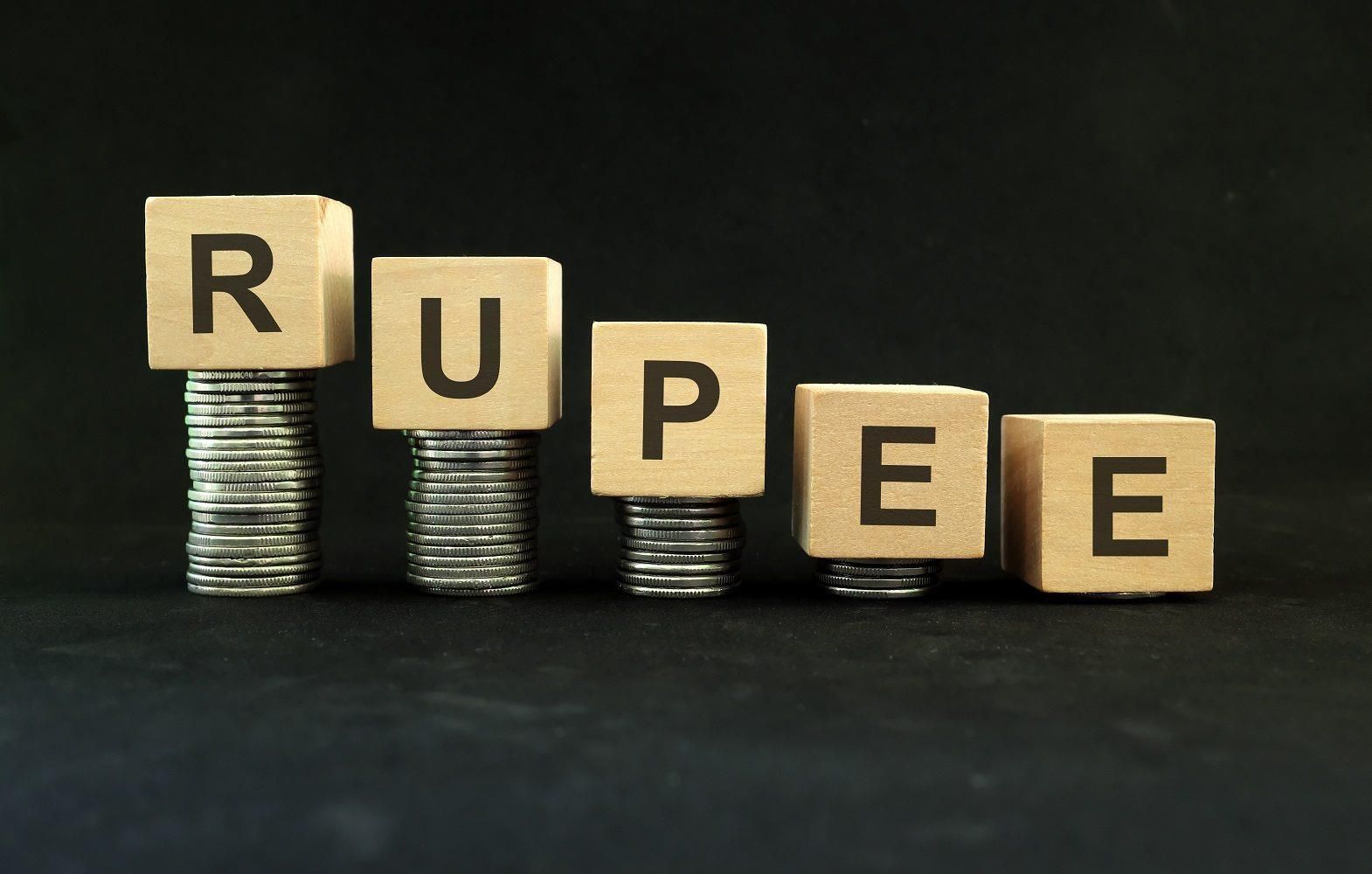India had been battling inflation for almost a year, and had been successful to an extent, but with the current situation, inflation is flaring again. With the rupee value sliding, industries would opt to pass on the extra costs to the consumers. The overall performance of the Indian economy is expected to be negative for the next quarter. Recovery is also anticipated to be time-consuming, depending on global and macro factors.
With the RBI intervention, some initiatives were taken to restrain speculation. Certain policy measures were also adopted to incentivize dollar inflows into the economy. The liquidity infusion of the European Central Bank also proved positive in recovering rupee value. Prior to the budget declarations, there were positive expectations regarding reform measures, and credible fiscal consolidations. On the contrary, budget proposals by March 2012 only antagonized foreign investors. Furthermore, the net FII equity flows which were around $12 billion during January and February turned negative during April and May.
Cotton scenario:
The present state of dropping rupee value is said to affect cotton prices. With the fall in rupee, cotton imports from India are likely to become costlier, and global players seek renegotiation of contracts that were already signed. Earlier contracts were signed when the rupee was trading around `50-52 for a dollar. Also, there is a sluggish demand for cotton at the global level due to surplus production.
Not a good phase for some apparel brands:
Will it benefit apparel exports?
It is also argued by industry analysts that a depreciating rupee will increase exports, and export oriented industries. Despite the ongoing Euro zone crisis, creating a low demand from European countries, growing demand from US and other non-traditional markets contribute to an increase in the export figures of India. As per AEPC estimates, exports of apparels from India during 2011-12 was USD 13 billion. This is a 14% increase over the export figures of the previous year which was USD 11.4 billion. With the easing of cotton and cotton yarn prices, exports have improved.
Based on care rating's forex income and expenditure flows, textile industry is identified as a gainer under current forex environment.
Rupee settling down at `52-54 for a dollar will be positive for export oriented industries. Global economic uncertainty is the major factor for the rupee depreciation. Followed by this are other reasons such as growing current account deficit, inflation level, and lowering growth levels. Proactive policy measures should be followed to counter externalities, which would ultimately convince investors that Government is taking firm actions for promoting growth.
References:
-
Thehindubusinessline.com
-
Commodityonline.com








Comments